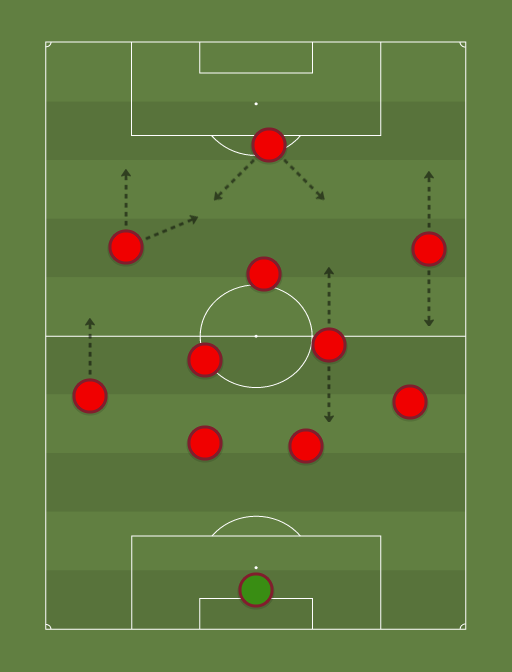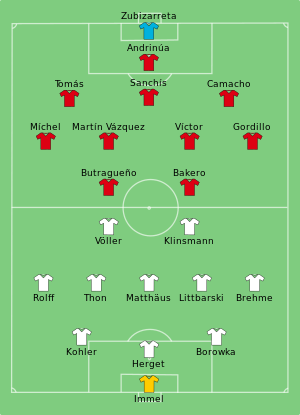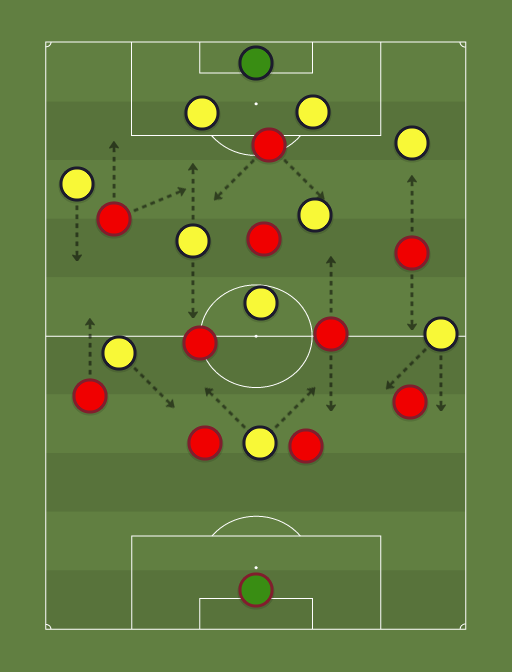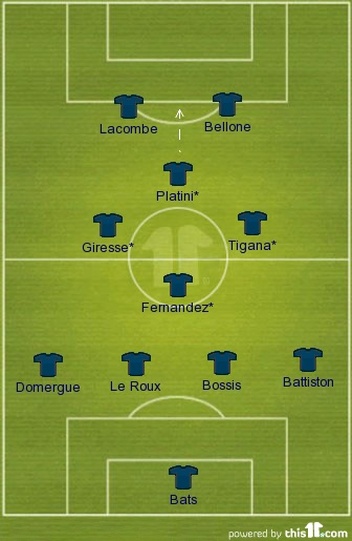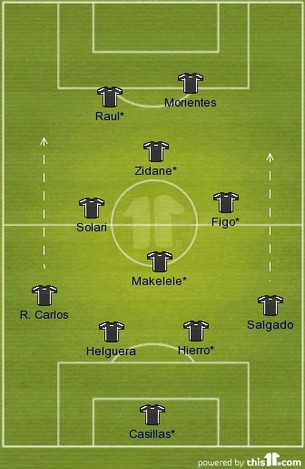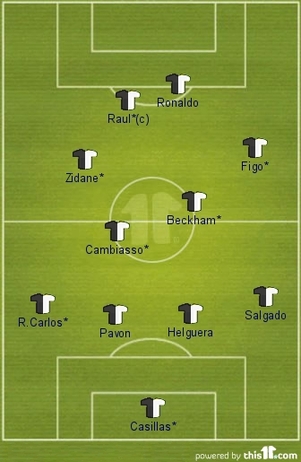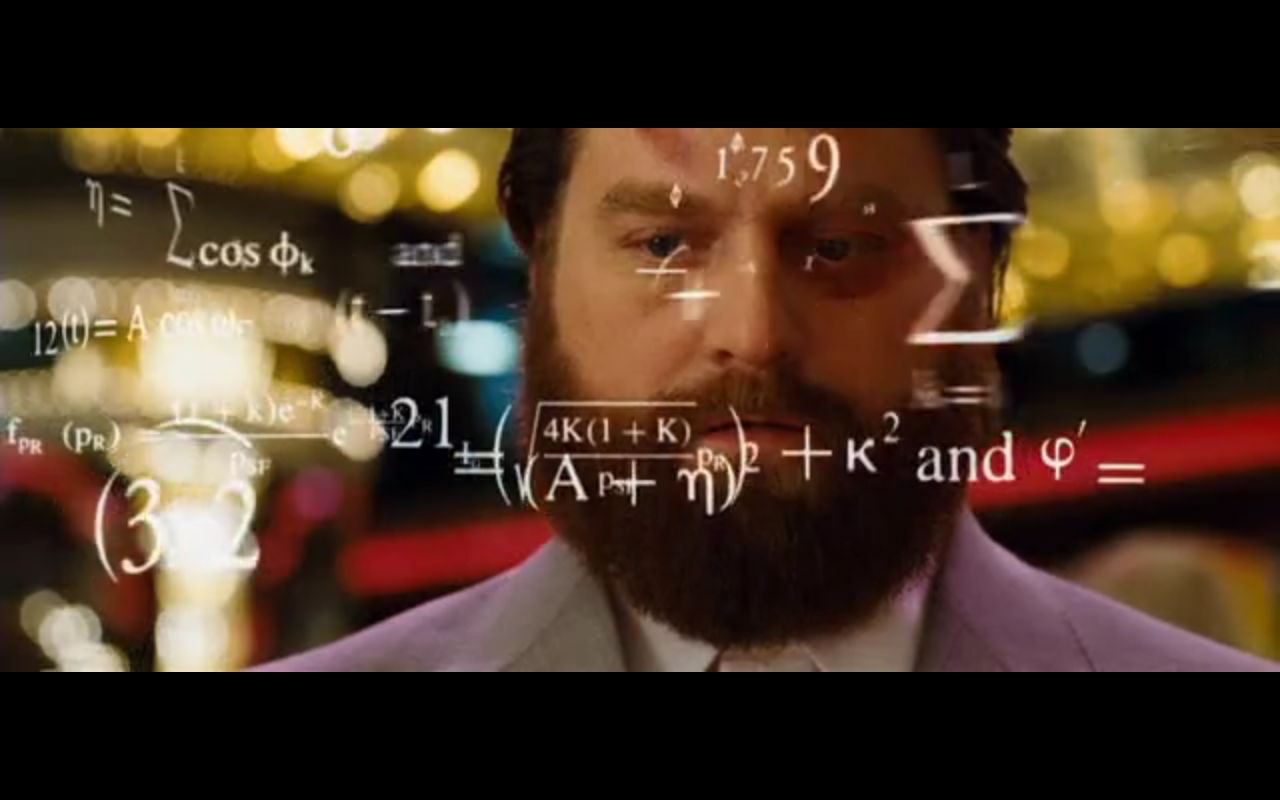England and Peru – A footballing history
Introduction
In their 142 year history the England national football team have had a number of famous matches against South American opposition, most notably in World Cup finals games. In 1966 they drew 0-0 against Uruguay in their opening match before going on to win the tournament. 1970 saw Bobby Moore’s England lose 1-0 to Pele’s Brazil. In the 1986 quarter-final versus Argentina they succumed to the hand, and genius, of Diego Maradona and then 12 years later Beckham’s sending off and a penalty shootout loss against the same opposition in the last 16.
But against Peru their playing record is not so extensive. They’ve only played the La Blanquirroja (‘The White and Red’) only twice so far. But now a third game against Peru has now been confirmed. This will bring the team currently ranked 39 in the world to Wembley for a warm-up match for England prior to leaving for the United States where they will prepare for the finals tournament in Brazil with further friendlies against Ecuador and Honduras. The English FA were keen to test themselves against South and Central American opposition due to the fact that they are due to play Luis Suarez’s Uruguay in Sao Paulo on 19th June following by Costa Rica in Belo Horizonte 5 days later. Although Uruguay are obviously a far superior team, holding 6th place in the current FIFA rankings, it is thought that the meeting with Peru will bring useful experience against a team with a similar playing style and tempo.
The Peruvian national team are currently without a manager following the sacking of Sergio Markarian after finishing 7th in the last South American World Cup qualifying tournament. This is despite an unexpected 3rd place finish in the 2011 Copa American competition which was held in Argentina. A number of names have since been linked with the post, among them Diego Maradona and his fellow Argentinians Marcelo Bielsa, Sergio Batista and Julio Falconi. Home-grown candidates include the current coach of Peruvian Primera Division club Universidad Cesar Vallejo, Victor Rivera, and former Newcastle United winger Nolberto Solano.
Previous Meetings
The game on the 30th May will be the first time in 52 years that the two countries have met and the first time on English soil. The two previous meetings took place took place in 1959 and 1962 and were both friendlies played in the Peruvian capital city of Lima. England had had a disappointing performance in the 1958 World Cup in Sweden having been knocked out in the group stage. However, they did manage to share the in 1959 Home International title with Ireland before leaving for a tour of the Americas at the end of the 1958-59 season.
The touring party was relatively inexperienced. The team was captained by 35 year-old Billy Wright of Wolves, who had won his 100th England cap shortly before the tour. Only four other players had caps numbering in double-figures and three would make their international debuts during the tour. In their first game of the tour they lost 2-0 to Brazil in Rio de Janiero in front of a crowd of 160,000.
Peru had a decent side at the time and were ranked just outside the top 20. Earlier in 1959 they had managed 4th place in the Copa America tournament and their team, with a mixture of youth and experience, had attracted much praise for its attractive play. They warmed up for the England game with friendlies against Lima club sides Union America, newly promoted to the Primera Division, and Ciclista Lima winning the former 1-0 thanks to a goal by Miguel Loayza and losing the second by the same score. The latter result brought much criticism by the Peruvian press who questioned whether the team’s players were really good enough to play against such an esteemed side as England and if the national side’s coach, the Hungarian Gyorgy Orth, was the right man for the job.
The game created much interest in the Peruvian media. Very few Peruvian households had television in those days and so the majority of the country got their information via newspapers. The England coach Walter Winterbottom spent two hours giving an exclusive interview to one newspaper in the Hotel Crillon, the England base during their stay in Lima. The 21 year-old Manchester United forward Bobby Charlton drew the most attention and commented that he expected a difficult game as it would be played outside of England and expressed concern that he would be up against a good defender in “Mr Benitez”. The game was played on 17th May, a Sunday, and over 50,000 spectators turned up at the National Stadium to watch.
England made one change from their game versus Brazil with 19 year-old inside forward Jimmy Greaves of Chelsea replacing Peter Broadbent of Wolves to make his international debut. The England team thus lined up as: Eddie Hopkinson (Bolton Wanderers) – GK, Don Howe (West Bromwich Albion), Jimmy Armfield (Blackpool), Ronnie Clayton (Blackburn Rovers), Billy Wright (Wolverhampton Wanderers) – Captain, Ron Flowers (Wolverhampton Wanderers), Norman Deeley (Wolverhampton Wanderers), Jimmy Greaves (Chelsea), Johnny Haynes (Fulham), Albert Holden (Bolton Wanderers), Bobby Charlton (Manchester United). Both Armfield and Deeley were winning only their 2nd caps, Holden his 4th and Flowers his 6th. The team lined up in Winterbottom’s favourite 3-2-5, or WM, formation with Armfield and Howe at fullback, Wright at centre-half and Flowers and Clayton and midfield. Charlton was the centre forward with Greaves and Haynes as inside forwards and Deeley and Holden as outside rights.
The Peru team was Rafael Asca (Sporting Cristal) – GK & Captain, Willy Flemming (Deportivo Municipal), Victor Benitez (Alianza Lima), Jose Fernandez (Universitario), Isaac Andrade (Sport Boys), Juan de la Vega (Alianza Lima), Oscar Montalvo (Deportivo Municipal), Miguel Loayza (Ciclista Lima), Juan Joya (Alianza Lima), Jose Carrasco (Deportivo Municipal), Juan Seminario (Deportivo Municipal). Peru coach Orth also used a 2-3-5 formation with Flemming and Fernandez flanking Benitez at the back and Andrade and de la Vega in Midfield. Up front Joya was the centre forward with Loayza and Montalvo to his right and Carrasco and Seminario to his left.
The game was referred by Erwin Hieger. Hieger was born in Austria and referred in the Austrian League before emigrating to Peru in the mid 1950s. He took charge of a number of matches in the 1957 Copa America under Austrian nationality but had become a Peruvian citizen by the time he referred in the 1968 Olympic football tournament.
Peru started the game very brightly and Howe and Armfield found it very difficult to cope with the movement of Seminario and Montalvo. The former opened the scoring in the 10th minute and then added a second five minutes before half-time. Debutant Greaves, who had finished as the First Division top-scorer with 32 goals in the season just ended, pulled a goal back in the 58th minute but Joya restored the two-goal lead nine minutes later. Seminario would complete his hat-trick after 80 minutes to make the final score 4-1 to Peru. Despite his three goals Seminario was actually criticized by certain members of the Peruvian media for his greedy play. Jose Fernandez was named man of the match with high praise also being received by both Montalvo and Loayza.
England had decided to wear a blue shirt for the game, for the first time since their disastrous 1-0 defeat to the United States in Belo Horizonte during the 1950 World Cup in Brazil. As a result of this thrashing the blue shirt has never been worn again by England. Each of the Peruvian players received a sum of 4500 sols for their performance against England. 2500 sols of this was received as salary from the Peruvian Football Federation with the remaining 2000 sols been paid as prize money by the local drinks manufactuer Backus and Johnston. England’s defeat resulted in much delight in Peru but much criticism back in London. Sam Leitch, the famous broadcaster and journalist, wrote in the Evening Standard “Imagine that indignity that Peru, playing with four good players and seven ballet dancers, and sponsered by a brewery, made England look like a panting novice.”
Norman Deeley’s poor performance against Peru meant that he never played for England again and Albert Holden won only one more cap, in England’s next fixture away to Mexico which they also lose, 2-1. England would finish their tour of the Americas with an 8-1 thrashing of the United States with Charlton getting a hat-trick in what would be Billy Wright’s 105th, and last, England cap but overall the tour was considered to be a disaster.
As a result of their performances against England a number of the Peru team earned moves abroad. Victor Benitez was signed by Boca Juniors of Argentina in 1960 and then 8 years in Italy’s Serie A played for, amongst others, both Milan clubs and AS Roma. Juan Joya also moved to Argentina in 1960 to join River Plate and then spent 8 years with Penarol of Uruguay. Shortly after the England game 20 year-old Miguel Loayza was signed by Spanish giants Barcelona but only managed 10 games, scoring 4 times, before returning to South America in 1961 to join Boca Juniors. He then played for 5 other Argentinian clubs, including River Plate, before finishing his playing career with Colombian side Deportivo Cali. Hat-trick hero Juan Seminario earned a move to Sporting Lisbon of Portugal before joining Real Zaragoza of Spain. His 33 goals in the 1961-62 season brought him to the attention of Serie A club Fiorentina. He returned to Spain in 1964 to play for first Barcelona and then CE Sabadell before finishing his career back in Peru.
At the time the Peruvian FA refused to select players who played outside of Peru for their national team and so Seminario, Benitez, Loayza and Joya never appeared for the Peruvian national team again after the England game although Juan Joya later played one game for Uruguay. Other players moved abroad a few years later. Isaac Andrade played for various clubs in Argentina between 1962 and 1969, Oscar Montalvo played for Deportivo La Coruna in Spain in the mid 1960s. They would also end their international careers with these moves. The Peru team of the 1960s could easily have rivaled those of the 1930s and 1970s had all these players been able to represent their country but as it was they failed to make much of an impression during that decade.
In May 1962 England returned to Lima for a second international game against Peru which would act as a warm-up to the World Cup which was to be held in neighbouring Chile shortly afterwards. Walter Winterbottom was still in charge of the England team and a number of players from the 1959 game were still present – Jimmy Armfield, Ron Flowers, Jimmy Greaves, Johnny Haynes and Bobby Charlton. The full England line-up was: Ron Springett (Sheffield Wednesday) – GK, Jimmy Armfield (Blackpool), Ray Wilson (Huddersfield Town), Bobby Moore (West Ham United), Maurice Norman (Tottenham Hotspur), Ron Flowers (Wolverhampton Wanderers), Bryan Douglas (Blackburn Rovers), Jimmy Greaves (Tottenham Hotspur), Gerry Hitchens (Inter Milan), Johnny Haynes (Fulham) – Captain, Bobby Charlton (Manchester United). Both Moore and Norman were making their England debuts.
This time England played with a 4-2-4 formation which was much in fashion at that time. The fullbacks were Armfield and Wilson with Moore and Norman, the debutants, at centre-half. Charlton and Flowers made up the midfield and up front were Douglas on the wing, Hitchens at centre-forward with Greaves and Haynes as inside forwards outside him.
This was the first senior international for the Peruvian national team since losing to Colombia in the South American qualifiers the previous May and six players made their Peru debut versus England – Guzman, Bazan, Lobaton, Mosquera, Zevallos, Zegarra. Donayre won his 2nd Peru cap, nine years after his 1st. The team was coached, for the first time, by the Brazilian Jaime de Almeyda who was also the manager of Alianza Lima at the time. To warm up for the England game Peru had played two friendlies against Spanish club Real Zaragoza who featured Juan Seminario, hat-trick hero from the 1959 game and reigning La Liga top-scorer, in their side. They also had another Peruvian in their ranks, veteran defender Guillermo Delgado. Seminario scored twice in a 4-1 Zaragoza win in the first game but Peru won 3-1 in the second.
The Peru team was: Rodolfo Bazan (Alianza Lima) – GK, Willy Flemming (Deportivo Municipal), Adolfo Donayre (Alianza Lima), Rodolfo Guzman (Alianza Lima), Juan de la Vega (Alianza Lima) – captain, Manuel Grimaldo (Alianza Lima), Víctor Zegarra (Alianza Lima), Nicolas Nieri (Sporting Cristal), Hugo Lobaton (Sporting Cristal), Alejandro Zevallos (Centro Iqueno), Oscar Montalvo (Deportivo Municipal). Later on in the game Humberto Arguedas of Universitario would replace de la Vega and Nemesio Mosquera, also of Universitario, replaced Zegarra. Flemming, de la Vega and Montalvo remained from the previous meeting in 1959.
De Almeyda had hoped to include Guillermo Delgado and Juan Seminario from the touring Real Zaragoza, who had agreed to release them, as well as other Peruvians playing overseas such as Juan Joya and Miguel Loayza but was refused permission to do so by the Peruvian FA. They argued that they had to take into account the long-term future of the national side and not consider the result of just one game.
The game, at 3:45 pm on the 20th May at the National Stadium in Lima, was attended by around 32,000 spectators. The referee, as for the game 3 years previously, was Erwin Hieger. England played far better than in 1959 and the young debutant centre-halfs Moore and Norman were rarely troubled despite the good play from Montalvo and Zegarra in the Peruvian attack. After quarter of an hour England were awarded a penalty which was converted by Flowers. Greaves then scored a hat-trick between the 24th and 40th minute giving England a 4-0 half-time lead. The England forwards continued to torment the Peruvian defence in the second half and nly a fine performance by Bazan in the Peru goal prevented further English goals. After the game the England team attended a reception at the Lima Cricket club hosted by local English residents. They then left for the World Cup in Chile where they would be defeated in the quarter-finals by eventual champions Brazil.
Expatriate players
Nolberto Solano is by far the most succesful Peruvian player to have plied his trade in the English leagues. After moving from Boca Juniors to Newcastle United in 1998 to became the first ever Peruvian to appear for an English club he made 240 appearances, scoring 45 goals, in two highly succesful spells with the Tyneside club punctuated by a season with Aston Villa where he finished as the club’s player of the season.
After leaving Newcastle he spent a season with West Ham United before leaving for short stints in Greece with Larissa and back home in Peru with Universitario. In 2010 he returned to the English game when he signed for Leicester City and later that year moved to Hull City before finished his career at Hartlepoool United. During the latter part of his time at Hartlepool he also combined his playing career with coaching duties at Northern League side Newcastle Benfield.
In 2000 Ysrael Zuniga became the 2nd Peruvian to play in England when he joined Coventry City, then of the Premier League, for £750,000 in January 2000 following a very debut succesful season with FBC Melgar of Arequipa in which he scored 32 goals. Zuniga was almost joined at Coventry by his Melgar team-mate Walter Zeballos but that transfer broke down due to passport problems.
During the 2nd half of the 1999-2000 season Zuniga scored two goals, against Bradford City and Sheffield Wednesday, in 6 games. The following season he found the net only once in 15 league appearances, against Manchester United at Highfield Road, and Coventry ended up relegated. Another goal came in the League Cup away to Preston North End. In total he managed only 4 goals in 30 appearances with the Midlands club before moving to Estudiantes of Argentina.
On 1st July 2007 two more Peruvian footballers moved to England – Claudio Pizarro and Miguel Mostto. Striker Claudio Pizarro had spent a number of succesful seasons playing in the Bundesliga scoring 100 goals in 240 games with first Werder Bremen and then Bayern Munich before joining Chelsea on a free transfer. He got off to a promising start, scoring on his Premier League debut as Chelsea beat Birmingham City 3-2 at Stamford Bridge.
However, following Jose Mourinho’s replacement by Avram Grant Pizarro fell out of favour and moved further down the striking pecking order after Chelsea signed Nicholas Anelka in January 2008. He managed only one other goal in Chelsea colours, also against Birmingham City in the return match at St. Andrews. He finished with a record of 2 goals in 31 appearances, the majority of them as substitute. The following season he returned to Werder Bremen for a very succesful loan spell and re-signed for them permanantly in 2009.
Miguel Mostto finished at the top scorer in the Peruvian Primera Division in both 2005 and 2006 scoring 18 and 22 goals respectively. His goalscoring exploits resulted in him being signed by Championship side Barnsley for a fee in the region of £350,000-£400,000. His only goal in 14 appearances during the 2007-08 season came with a second-half equaliser at home to Burnley in October. In January 2008 he was allowed to join Peruvian club Coronel Bolognesi for the rest of the season. The following season Mostto struggled with personel problems as a result of his young son’s serious illness and homesickness because his family had stayed in Peru. Barnsley allowed him to go back to Peru for a short period to deal with these matters but he returned briefly to England and scored his second goal for the club in the home match versus Watford in November. In January 2009 he returned to Peru permanently when he joined Total Chalaco.
The last Peruvian to appear for an English club, up till now, was Diego Penny. Unlike the previous players, who were all forwards, Penny was a goalkeeper. After making 180 appearances for Coronel Bolognesi from the southern Peruvian city of Tacna between 2004 and 2008, during which time he was also called up for the national team, the 24 year-old Penny signed for Championship side Burnley. He made his debut for Burnley in the opening game of the 2008-09 season but a 4-1 defeat to Sheffield Wednesday resulted in him losing his position to Brian Jensen for the rest of the season. Burnley ended the season by being promoted to the Premier League via the playoffs.
Penny made his only top-flight appearance when he replaced the injured Jensen after 15 minutes in the home game against Wigan Athletic in October 2009. The score was 1-1 at that time but Burnley would go on to lose 3-1. This would be his last appearance for the Lancashire club although he had also played 2 games in the League Cup earlier that season. He started the 2nd Round tie against Hartlepool United, which Burnley won 2-1, and again replaced the injured Brian Jensen, this time in the 34th minute, in the 3-2 defeat away to Barnsley in the following round. He left Burnley by mutual consent at the start of the following season following their relegation from the Premier League and signed for Peruvian club Juan Aurich a short time later.
Like Penny, Mark Cook was also a goalkeeper. He started his career at Newcastle United playing for their youth and reserve teams. Nolberto Solano was also on Newcastle’s books at that time but would shortly leave the club for West Ham United. After leaving Newcastle United, Cook ended up at non-league club Harrogate Town. Meanwhile in June 2012 Solano started his managerial career with his former club Universitario from Lima, one of the big three clubs of Peruvian football. His first signing for Universitario was his old team-mate Cook who arrived in Lima to much attention from both the Peruvian and English media, and elsewhere. Cook was the first, and so far only, English player to appear in the Peruvian league in the professional era.
Cook made his Universitario debut in the 1-0 home defeat against Sport Huancayo at the beginning of September. His 2nd game for the La “U” came two weeks later in Moquegua when the home team Cobresol were victorious 3-0. An injury to his finger then prevented Cook from making further appearances. Universitario’s poor performances in the Second Stage of the Torneo Decentralizado led to Nolberto Solano’s sacking and Cook left the club to return to England shortly afterwards.
English involvement in the early football history of Peru
There is much debate about exactly who introduced football to Peru. Some sources claim that it was English sailors who were responsible during their visits to Callao, at that time a very important trading port, in the late 19th century by. The sailors would arrange kick-abouts between themselves and the local residents, known as Chalacos.
Others say that it was young Peruvians, or the offspring of English immigrants living in Peru, who brought the game back with them when they returned home after studying in England. Alejandro Garland (1852-1912) was a Peruvian-born writer and economist with an English father and an education gained in England and Germany who, in the early 1870s, tried to organise football games in a small park between the Exhibition Palace and the prison known as the Lima Panopticon. However, this was met with little enthusiasm, even amongst those locals who had also been educated in England, and after the War of the Pacific, fought between a united Peru/Bolivia and Chile broke out in 1879 participation in all sporting activities were halted.
English residents in Lima had already formed a number of sports clubs by that time with some sources claiming that the Lima Cricket and Football club was founded in 1859. Although football was part of the club’s sporting program it’s main focus was cricket. Similar clubs with an emphasis on other sports but with some involvement in football emerged later on. Regatas Lima, formed in 1875, was mainly focused on rowing whilst Lawn Tennis (1884) was the second oldest tennis club in the Americas. Ciclista Lima (1896) was initially only interested in cycling but introduced football into its program following the merger with the Association Football Club (1897) in 1917.
The first documented football match to be played in Peru took place on 7th August, 1892 at Santa Sofia, a playing field close to the Jose Pardo Institute which belonged to the Lima Cricket and Football club. The game involved residents of Callao, captained by a Mr. Foulkes and a team representing Lima, captained by Pedro Larranaga. The teams were mostly made up of English residents with the remainder being Peruvians. According to some sources the result of the match was 1-1 with neither side finishing with eleven players. In 1895 an “international” match was played between a team made up from Peruvian and English residents of Lima and a team from the crew of the British cruiser HMS Leander. The latter team won 5-0 in front of a crowd of 3000. Similar matches also took place over the next few years.
Jack Greenwell, from Crook in County Durham, began his playing career with his home-town club Crook Town. In 1909 he played for West Auckland during their victorious campaign in the Sir Thomas Lipton Trophy tournament, often refered to as “the first World Cup”. He then played for, and managed, Barcelona before managing numerous other Spanish clubs. When the Spanish Civil War broke out in 1939 he fled briefly to Turkey before moving to Peru where he became the manager of both Universitario de Deportes, who won their 3rd Campeonato Peruano title in 1939 and the Peruvian national team.
The 1939 Copa America was held in Peru in January and February of that year with all games taking place at the National Stadium in Lima. Prior to the tournament four teams – Colombia, Bolivia, Argentina and Brazil – withdrew leaving only five participants – the hosts Peru, Chile, Uruguay, Paraguay and Ecuador, who made their Copa America debut. The tournament format was that of a single round-robin schedule where all teams played each other only once.
Peru’s first game was against the debutants Ecuador and they won easy 5-2 thanks to a hat-trick by Teodoro Fernandez, managed by Greenwell at Universitario, and two goals from Jorge Alcalde of Sport Boys from Callao. In their second game, against their bitter rivals Chile, Greenwell used an attacking 2-3-5 formation and Peru won 3-1 with two more goals by Fernandez and another by Alcalde. The same scoring pattern was repeated in the 3-0 victory over Paraguay.
In their final match Peru had to play Uruguay, the strongest South American side at that time. Both teams had 100% records and so the game would decide the title. In front of a full- capacity crowd of 40,000 spectators Peru opening the scoring through Alcalde in the 7th minute then Victor Bielich added a second after 35 minutes. Uruguay pulled one back just before half-time but Peru hung on to record their first ever Copa America title. Not long afterwards Greenwell moved to Colombia where he coached a number of clubs before dying there from a heart attack in 1942 aged 58.

